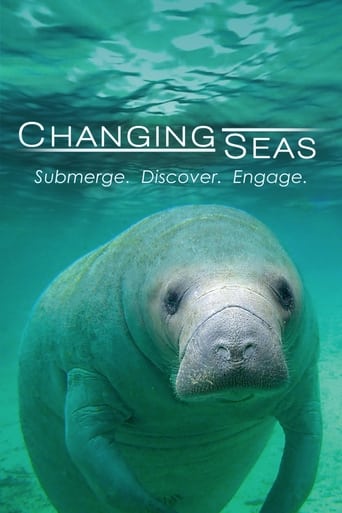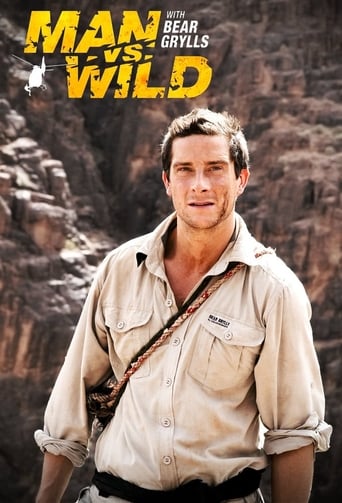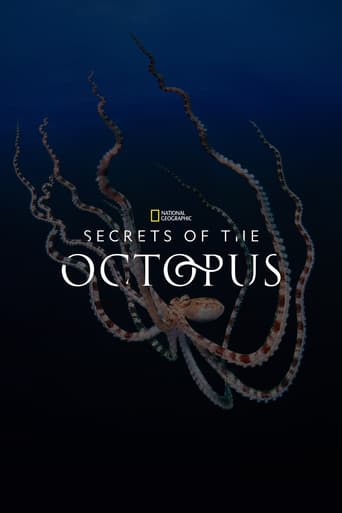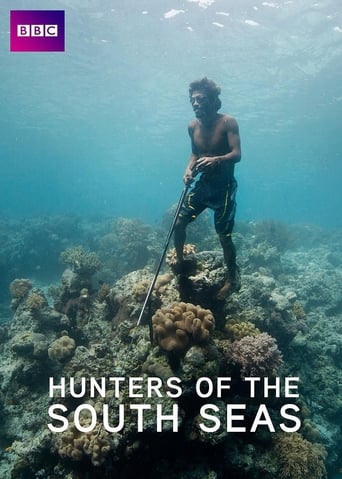Changing Seas Season 4
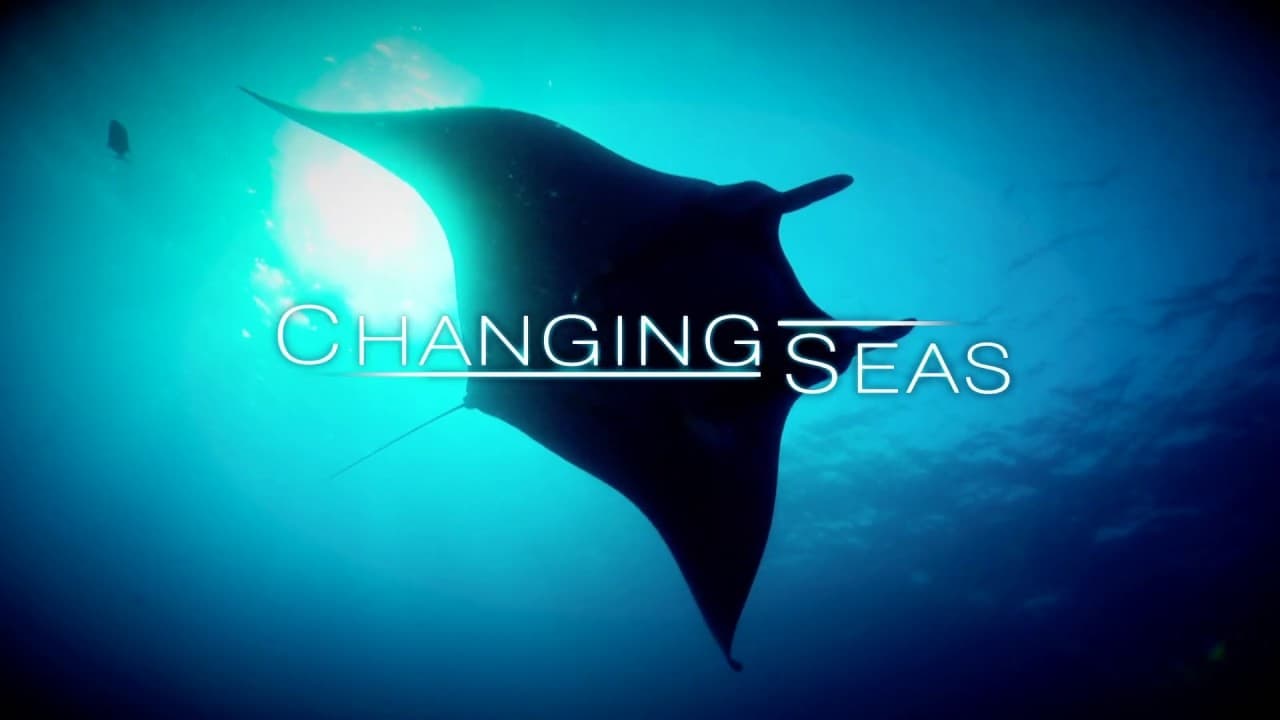
Produced by South Florida PBS in Miami, Florida, Changing Seas gives viewers a fish-eye view of life in the deep blue. Join scientists as they study earth’s last frontier and discover the mysteries of our liquid planet.
Watch NowWith 30 Day Free Trial!
Changing Seas
2009 / TV-G
Produced by South Florida PBS in Miami, Florida, Changing Seas gives viewers a fish-eye view of life in the deep blue. Join scientists as they study earth’s last frontier and discover the mysteries of our liquid planet.
Watch Trailer
With 30 Day Free Trial!
Changing Seas Season 4 Full Episode Guide
On the southern tip of the Florida Everglades, the Shark River meets the Gulf of Mexico. This estuary is home to a number of predators, including the alligator and the bull shark. But despite its wild nature, the Everglades ecosystem is in trouble. Humans have greatly reduced water flows across the famed "River of Grass." Now, a large scale restoration project aims to re-direct some of the fresh water back into the Everglades. A team of scientists from Florida International University has been studying predators in the estuary. Their goal is to better understand how these animals will respond to the changes in water flows, to ensure they continue to fulfill their critical ecological role in the food web. This episode is a co-production of Symbio Studios and WPBT2.
Join researchers from the Reef Environmental Education Foundation and the Cayman Islands Department of Environment as they study one of the last great reproductive populations of Nassau Grouper. Normally a solitary species, during the winter full moons Nassau Grouper travel, sometimes over great distances, to "group" together and spawn. While most of the known spawning sites in the Caribbean have been fished out over the years, the west end of Little Cayman in the Cayman Islands is home to largest known reproductive spawning aggregation of this endangered species.
They are some the ocean's tiniest inhabitants. On coral reefs, microorganisms are copious creatures. But in a world that's invisible to the naked eye, drastic changes are taking place. Throughout Florida, scientists painstakingly work to identify key players within this microbial community. Recent breakthroughs revealed a direct link between a human pathogen and a devastating coral disease. With corals under immense stress, experts are using advanced genetic tools and a former aquarium "pest" to better comprehend these microscopic organisms. With experimental sites in the lab and in the sea, what will microbes reveal about coral health? How do human activities impact the microbial balance on the reef?
Sharks are beleaguered species. The oceans' most formidable apex predators are overfished worldwide for their fins, which are considered a delicacy in many Asian countries. Shark populations have declined by up to 90 percent in some cases. But much is still unknown about the animals. Tiger sharks in particular display behaviors that are not well understood. Known to travel long distances, these fish have a broad diet and spend time in shallow, near-shore habitats as well as the depths of the open ocean. Scientists use satellite tags and DNA forensic tools to better understand their migration patterns. Such information is crucial for resource managers to make more informed fisheries management decisions in the future.
Free Trial Channels
Seasons


